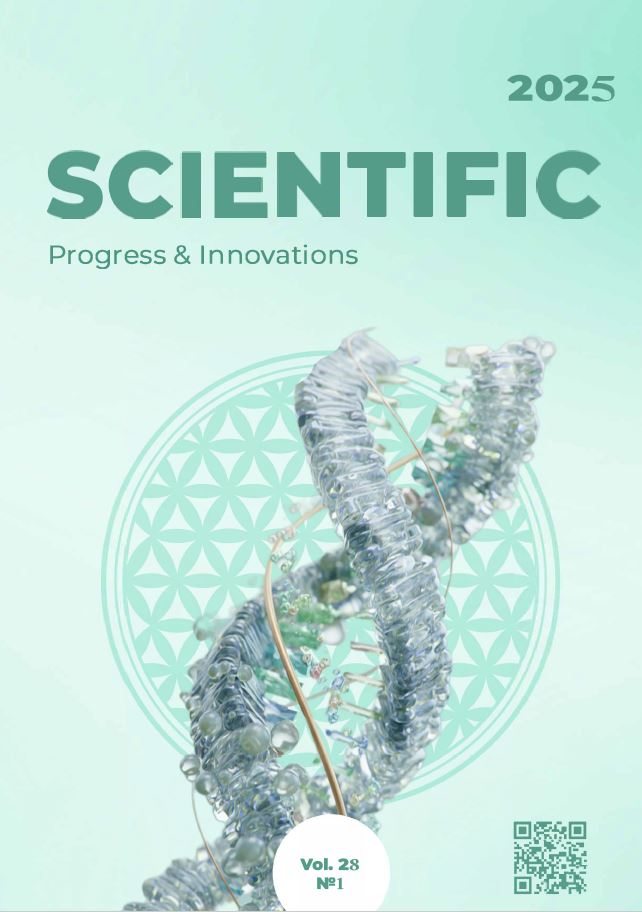Improving the quality and safety of raw milk in production with effective treatment and prevention of mastitis
DOI:
https://doi.org/10.31210/spi2025.28.01.18Keywords:
cattle, Holstein breed, physicochemical and sanitary indicators, antibiotic sensitivity, mastitis preventionAbstract
Mastitis is one of the main problems in dairy farming that affects the quality and safety of milk. The PJSC PC “Podillya” farm has 7,500 heads of Holstein cattle, of which 2,700 are dairy cows. To improve the quality of raw milk, the farm has implemented a quality management system that includes Good Manufacturing Practice (GMP) and Good Hygiene Practice (GHP), as well as a HACCP system. Given the high prevalence of mastitis and its negative impact on animal productivity, the research is aimed at improving treatment and preventive measures. Purpose of the work. To assess the prevalence of mastitis, identify disease pathogens, their sensitivity to antimicrobial drugs, develop and test treatment protocols, as well as monitor milk quality to enhance its safety. Bacteriological studies of milk from cows with mastitis were conducted in the laboratories of "Biosafety-Center" (Dnipro) and "Biolights" (Ternopil). The sensitivity of pathogens to antimicrobial drugs was determined, and therapeutic protocols were developed. Milk quality monitoring was carried out in accordance with DSTU 3662:2018, particularly for somatic cell count, bacterial contamination, and antibiotic residue content. At the beginning of the studies, the farm observed a high frequency of clinical mastitis with significant somatic cell count (SCC) levels. It was established that the main causative agents of mastitis were Streptococcus uberis, Staphylococcus aureus, Staphylococcus chromogenes, Streptococcus dysgalactiae, and Escherichia coli. The sensitivity of isolated pathogens to antibiotics proved to be high, particularly to gentamicin, enrofloxacin, amoxicillin with clavulanic acid, and others. The developed treatment protocols included combined use of intramuscular, anti-inflammatory, and intramammary medications. For mastitis prevention, udder dry-off treatments were used, specifically Multimast DC and Nafpenzal DC. These products provided long-lasting protective effects and effectively prevented the development of infections. The implemented measures contributed to a significant reduction in disease incidence: from 7.3 % in 2022 to 0.8–1.5 % in 2024. During this period, milk quality indicators improved: fat content increased from 3.98 % to 4.29 %, and protein content increased from 3.34 % to 3.62 %. At the same time, the somatic cell count in milk decreased to a level that meets the requirements for extra and premium grades. The developed therapeutic and preventive measures ensured improved milk quality and safety, reduced animal treatment costs, and enhanced the farm's economic performance. The proposed approaches can be used in other dairy farms to increase production efficiency.
Downloads
Published
How to Cite
Issue
Section
License
Copyright (c) 2025 Scientific Progress & Innovations

This work is licensed under a Creative Commons Attribution 4.0 International License.

 Creative Commons Attribution 4.0 International Licens
Creative Commons Attribution 4.0 International Licens